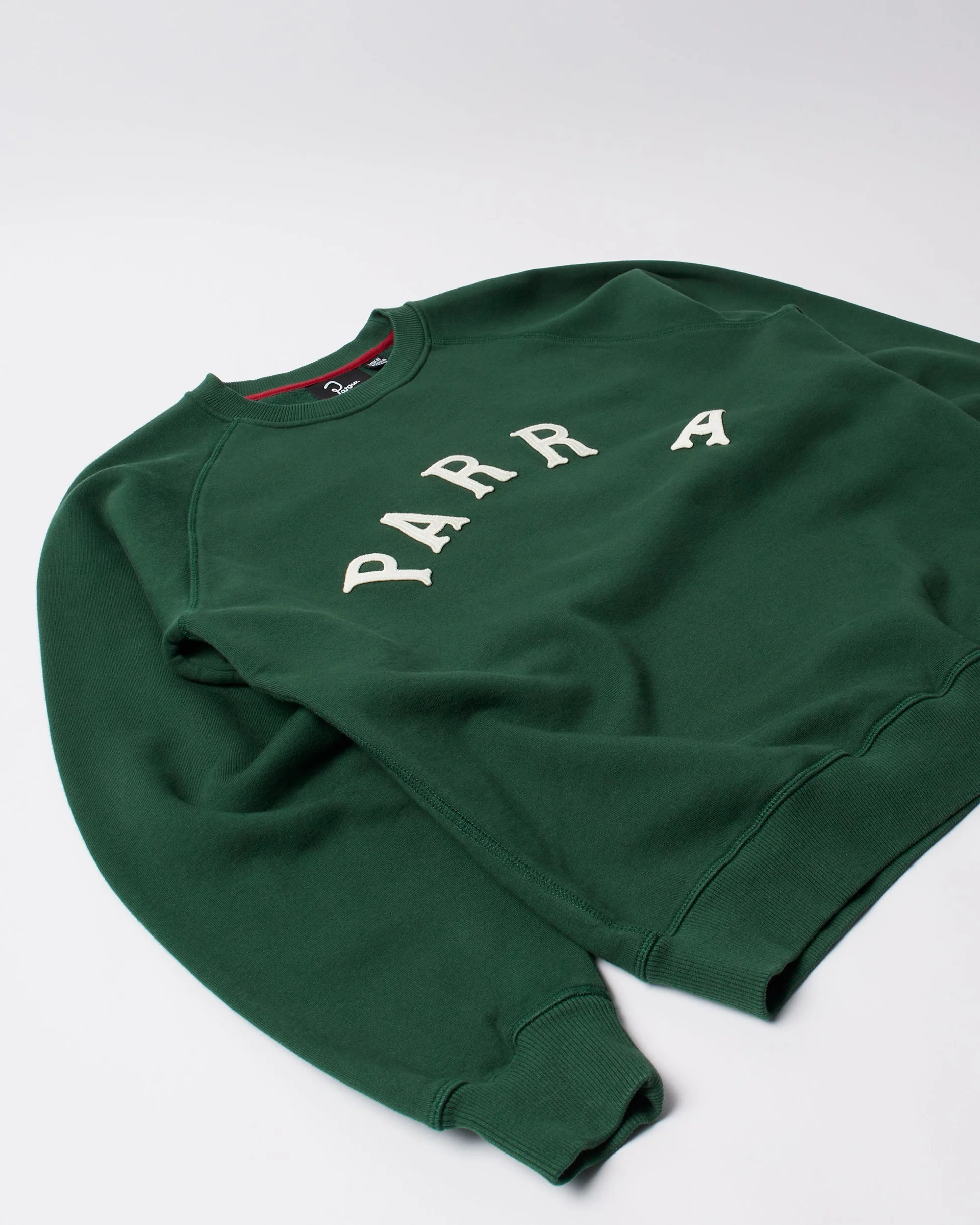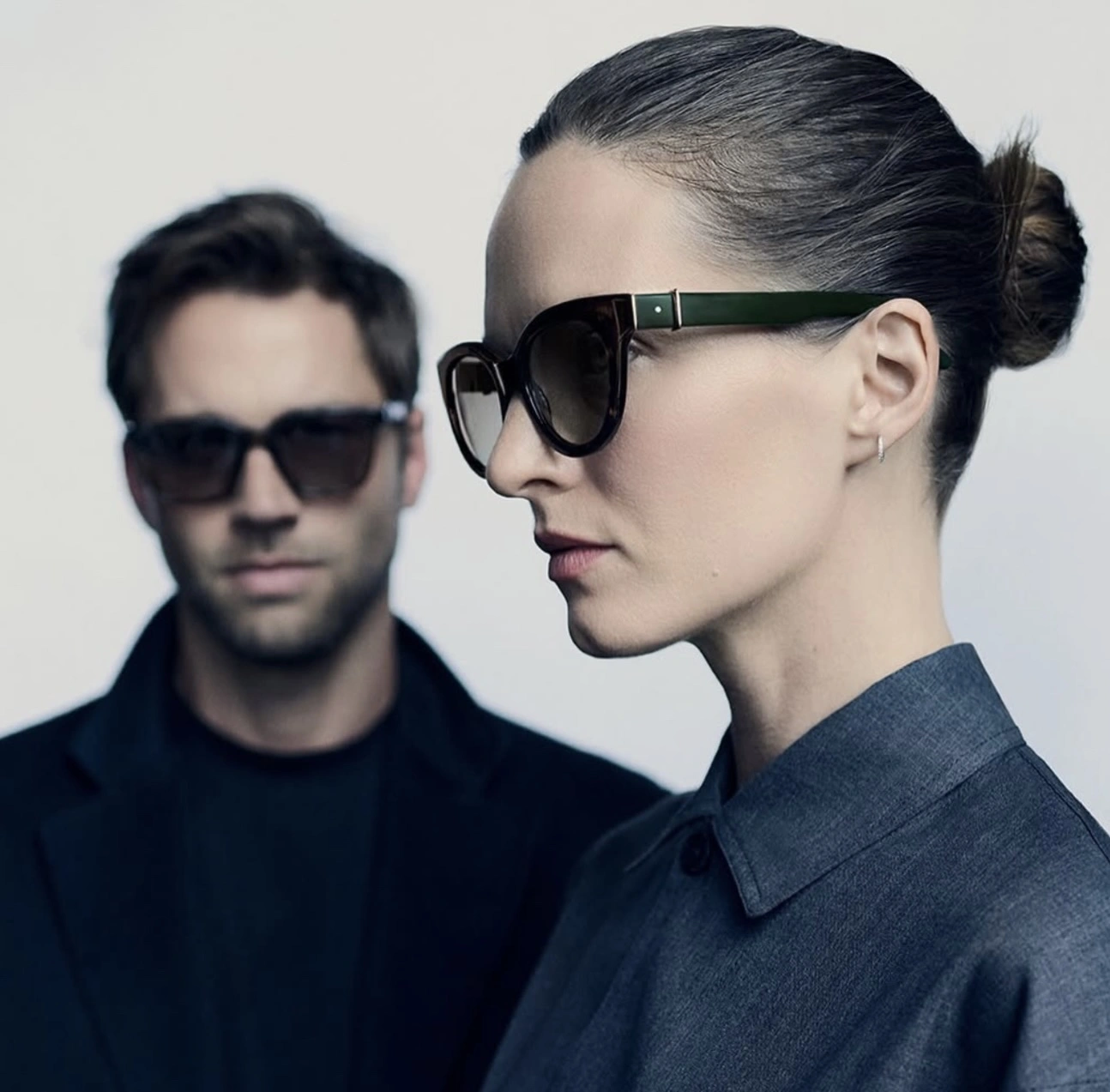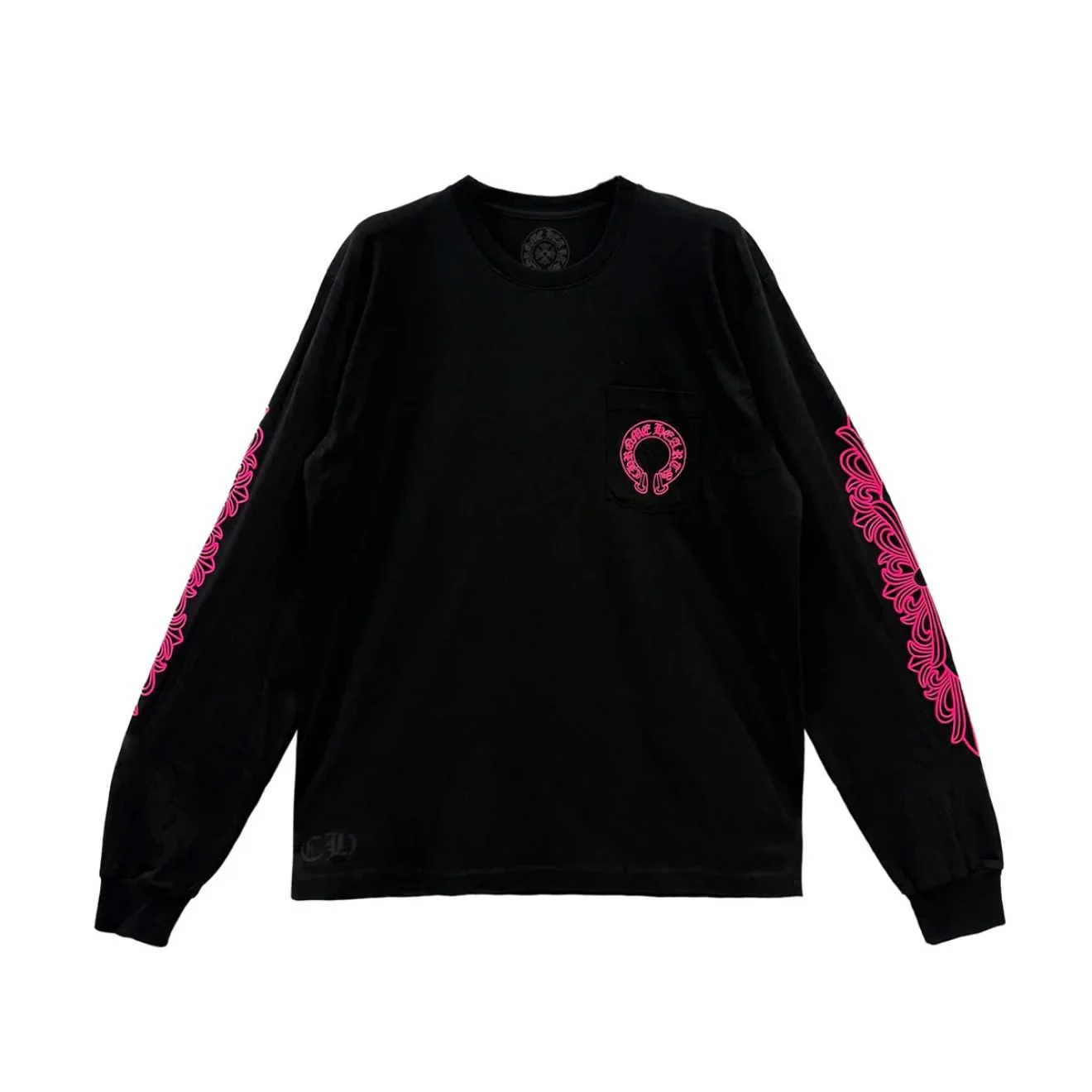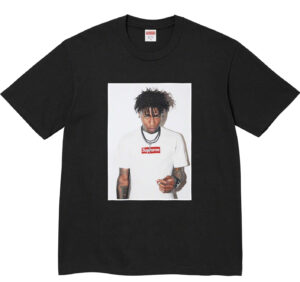
Palace Skateboards has never pretended to be a traditional fashion brand. It doesn’t woo with haute pretensions, nor does it beg to be understood. Instead, it thrives in a rarefied lane of its own invention—one that borrows liberally from skate culture, UK irreverence, football terraces, and the warped edge of meme-driven internet irony. With the release of its latest lookbook, set to launch Friday, May 9th (and Saturday, May 10th in select Asia-Pacific regions), Palace reaffirms that chaotic vision—equal parts global and hyper-local, anti-fashion and post-fashion, both inside the joke and its punchline.
At first glance, the new drop looks like a continuation of the Palace tradition: skate-functional outerwear, bold graphics, wry slogans, and technical kits meant for weathering streets more than runways. But beneath the surface of nylon, mesh, and Triferg insignias lies a deeper narrative of subcultural commitment—an insistence that clothes should tell jokes, start fights, and leave a trail of inside references only the right eyes will decode.
The Aesthetics of Antagonism: Palace’s Semiotics
The new lookbook’s visuals waste no time establishing mood. Shot in a mix of industrial spaces, park backdrops, and awkwardly domestic interiors, the palette is equal parts washed-out and hyperreal. There’s a sense of deliberate casualness, as if the models—many of them actual skaters, musicians, or friends of the brand—were pulled mid-session or post-night-out. This atmosphere has long been Palace’s secret weapon: its product may be deeply considered, but its tone remains unserious, even confrontational.
Among the standout pieces is a GORE-TEX shell plastered with Palace type in exaggerated proportion, daring you to care about visibility and water resistance in equal measure. Mesh-paneled jackets in pastel tones offer a knowing wink to UK rave history, while heavyweight fleece layers harken back to terrace culture with a nod to military garb. And, of course, the classics return—Triferg-heavy hoodies, co-branded caps, and cheeky graphic tees that walk the line between absurdism and absurdly good design.
One particularly viral standout? A tee that reads “I’M NOT ONLINE,” printed in a typeface reminiscent of Windows 95 UI, worn by a model holding a cracked Nokia brick phone. It’s moments like this—deeply ironic yet emotionally resonant—that capture Palace’s strange genius.
Temporal Coordination: A Global Release Playbook
The new Palace drop isn’t merely a creative exercise; it’s a precise logistical ballet. Launch times roll out methodically across time zones and retail fronts:
- Friday, May 9th
- UK in-store & online: 11:00 AM BST
- EU online: 12:00 PM CEST
- US online: 11:00 AM EDT / 8:00 AM PDT
- NY in-store: 11:00 AM EDT
- LA in-store: 11:00 AM PDT
- Saturday, May 10th
- Japan in-store & online: 11:00 AM JST
- Korea in-store: 11:00 AM KST
- WeChat release (China): 11:00 AM CST
This geographic symmetry reflects Palace’s transition from a London skate brand to a transcontinental fashion agitator. What began in 2009 with Lev Tanju’s DIY video edits and underground boards has grown into a global institution—one that can ignite queues in Seoul and SoHo alike. These time-stamped releases are more than drop mechanics—they’re ritual, carefully staged to channel anticipation, community, and chaos.
Cultural Liminality: Between Sport, Satire, and Style
Palace is often misread as just another Supreme-adjacent streetwear label, but that’s a fundamental misunderstanding of its ecosystem. Where Supreme courts its own mythology of American downtown cool, Palace builds its world through layers of UK-specific reference: footie chants, Top Boy aesthetics, Craig David soundbites, and a deep bench of grime, jungle, and garage influences.
This season’s lookbook embeds those references even further. One model sports a Palace zip-up over a vintage Leeds United jersey; another pairs tech pants with mod-styled loafers. Even the accessories—bucket hats with spray-paint gradients, ribbed beanies with faux-football badges—blur the boundaries between parody and tribute.
And then there’s the omnipresent logo—stretched, mutated, flipped, tiled, and superimposed across bomber jackets and polo shirts alike. The Triferg, once a niche emblem known only to British skaters, now functions as a transnational code—worn as both statement and shibboleth. You wear it because you know. And you know because you care, even if you pretend not to.
Manufacturing Humor, Maintaining Credibility
What makes Palace particularly singular in today’s saturated hypewear market is its ability to remain genuinely funny without falling into self-parody. The line between commercial product and conceptual joke is razor-thin, but Palace treads it with veteran balance. The latest product copy—from its webstore’s delightfully absurd item descriptions to its campaign scripts—reads like a hybrid of Monty Python, early internet forum snark, and cockney pub banter.
Yet, despite its humor, Palace doesn’t neglect its product. The cuts are sharp. The techwear is properly waterproof. The fabrics are sourced with surprising thoughtfulness. It’s this tension—between chaos and craftsmanship—that grants Palace its credibility. A hoodie might mock you in the mirror, but it’s stitched to outlast your next four.
Connections Without Compromise
While this lookbook focuses on Palace’s core range, it arrives on the heels of several lauded collaborations that cement its cultural reach. The Palace x Salomon XT-Wings sneaker—now a grail among trail-run-meets-runway acolytes—merged elite alpine tech with graphic irreverence. Their C.P. Company crossover brought Italian garment dyeing into dialogue with South London streetwear. Even their Gucci experiment in 2022 redefined how luxury houses can interface with subculture without neutralizing it.
These moves are not opportunistic—they’re curatorial. Palace doesn’t chase clout; it chooses collaborators who understand the joke. And more importantly, who are in on it.
The Global Skate Uniform of Now
What Palace ultimately proposes with each lookbook is not a collection, but a sensibility. It suggests that the uniform of the modern skater is no longer bound to function alone. It can be slippery, cheeky, protective, referential, and self-aware. It can look like it doesn’t care, even as it’s precisely engineered.
This season underscores that evolution. The tailoring is looser, more technical. Utility vests appear beside rugby tops. Tactical cargo pockets sit atop striped shorts better suited for beach football. There’s gear here for skaters, ravers, lurkers, and kids who’ve never touched grip tape but live by the code.
More Than a Drop, It’s a Dialect
Palace isn’t selling garments—it’s exporting an attitude. The May lookbook and its corresponding rollout show a brand fluent in the visual language of youth resistance, urban texture, and cultural fluency. Every item is a proposition: do you get the joke, or are you still looking for the punchline?
As the countdown ticks toward May 9th and 10th, fans worldwide are already scripting alarms, prepping carts, and refreshing tabs. Not because they desperately need another nylon shell or mesh cap, but because Palace continues to offer something rarer than trend: a shared idiom.
No comments yet.









